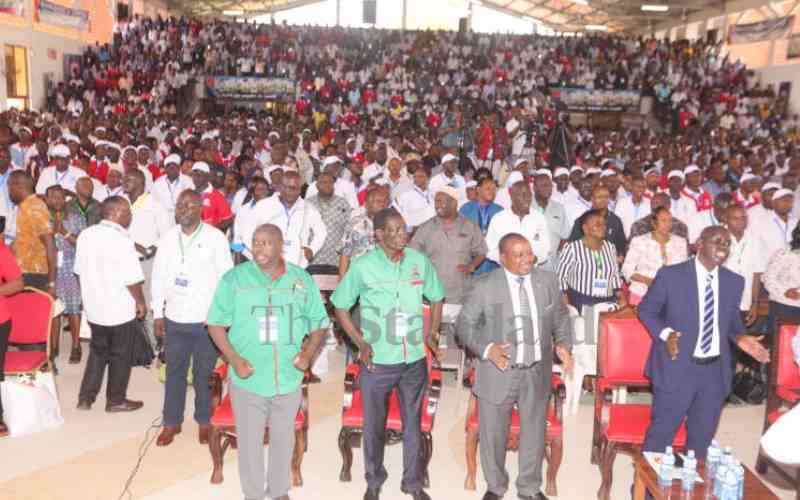×
The Standard e-Paper
Fearless, Trusted News

The government's directive to domicile junior secondary schools in primary schools has come with a mixed bag of fortunes for the institutions.
According to the directive, learners moving to grades 7,8 and 9 will remain in primary schools as opposed to an earlier move to have them join secondary schools, pushing investors in the education sector back to the drawing board.